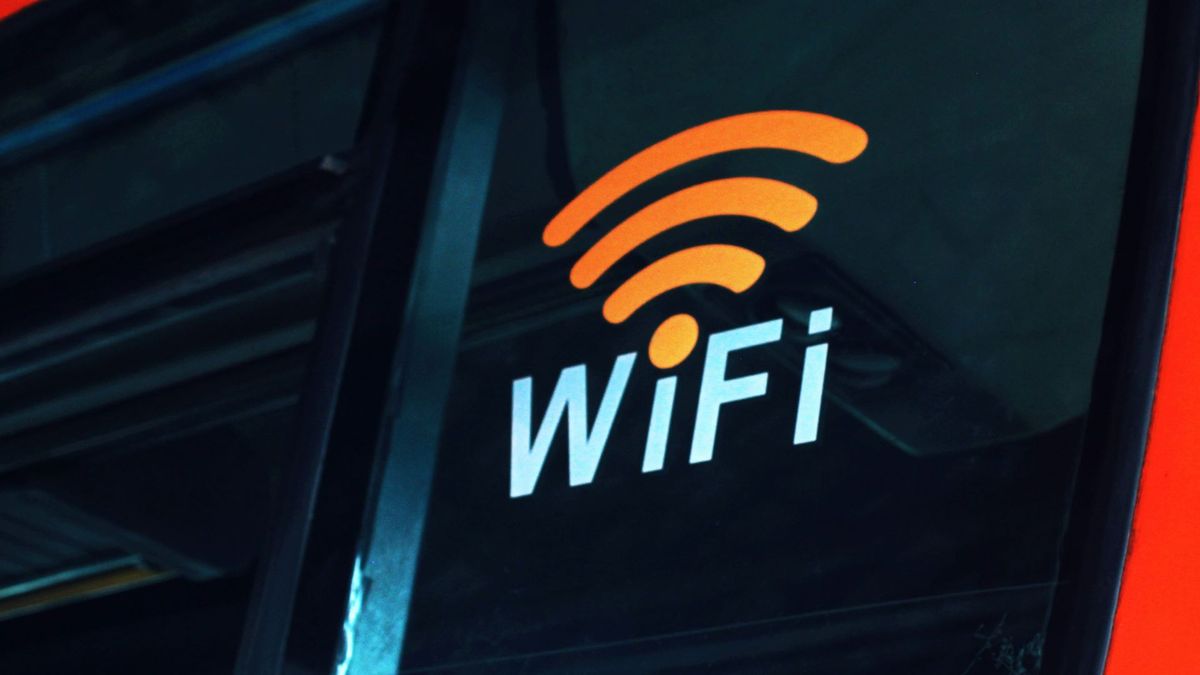New data suggests that Linux now has a 4.03% share of the operating system market, marking a new milestone for easy-to-develop software.
As always, it is statistics counter putting the data on the table through its February 2024 figures, which marks a jump from 3% in just eight months when, previously, that 3% milestone took thirty years to reach.
Elsewhere, the rest hold no surprises, as Windows continues to dominate, with MacOS a distant second and 6% of all “unknown” operating systems.
Reports about Linux are increasing
Will the growth be exponential? Nobody knows. Us are quietly excited that Linux distributions are having their day, even if that day will never be as momentous as toppling Microsoft from its throne.
You probably don't need to do that: Linux has always been aimed at development environments, not general home or office use. That said, we still like that an increase in market share is driving the push to get Linux into the hands of broader audiences.
We have nothing more to add about how Valve's Proton compatibility layer, built into its Steam client, is bringing people who play video games closer to Linux, or how the continued maintenance of UI-friendly distributions like Ubuntu, which I, the writer, quite like it after being a lifelong Windows user until last year, and Linux Mint.
While the idea of ”appreciating Linux” may make some users cautious, the choice is a good one. Previously. the perception that this three-horse race was “basically usable at all times” / “walled Fisher Price ecosystem financially unviable for most” and “strange command-line-driven thing that requires thought.”
There are still Linux distributions that strike comical levels of fear in the hearts of millions of people like witchcraft or a red scare, but by spreading the word to those who have no real idea about Linux, you can suggest and recommend to the beginner. -Friendly distros: I myself want to try the lightweight and sleek-looking, low-spec Zorin OS Lite on an old laptop.









